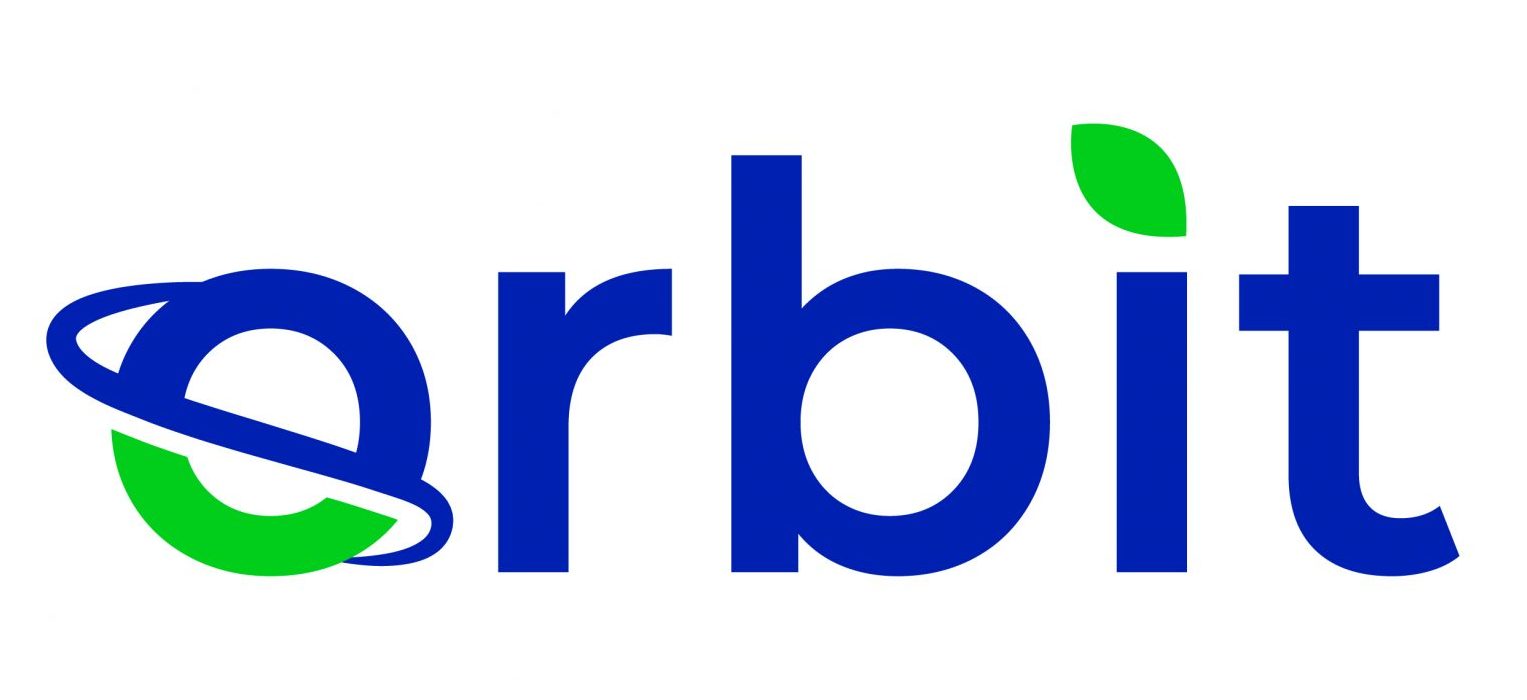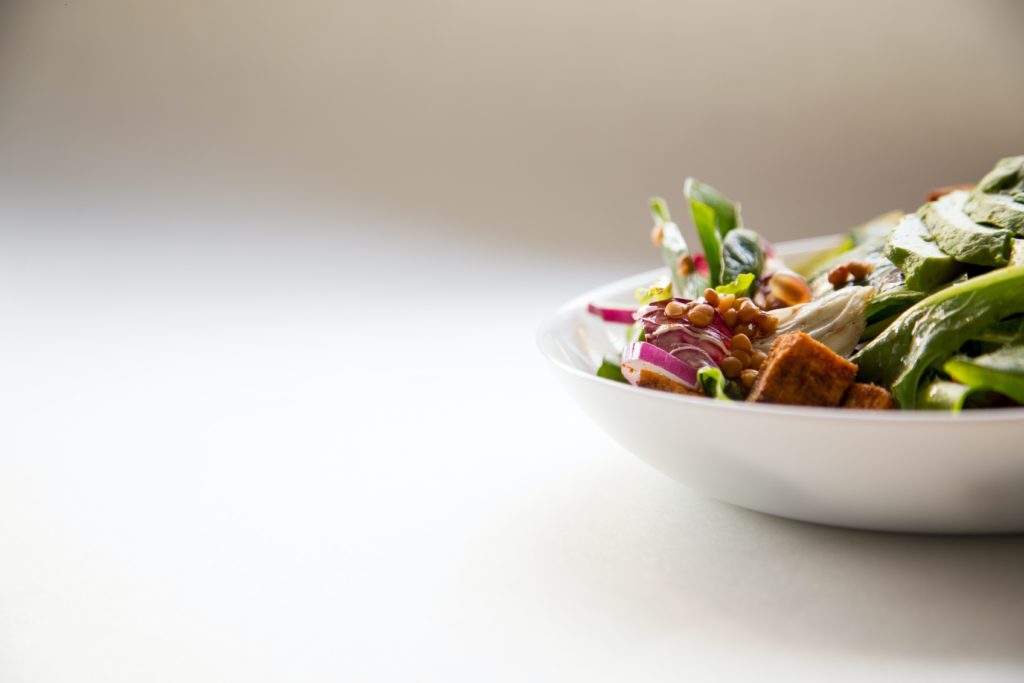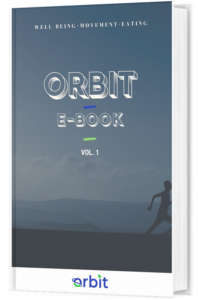Protein is an important aspect of a balanced diet for its many functions in the body. The consumption of plant-based proteins is becoming increasingly popular and encouraged by Canada’s Food Guide. By consuming a wide variety of plants it is possible to achieve the same quality protein as from animal-derived foods. Soy, lentils, quinoa, seeds, and nutritional yeast are some of the many available plant protein options to add to your diet.
What is Protein?
Protein is one of three macronutrients, alongside carbohydrates and fat. All proteins are made up of variations of twenty amino acids. Nine of these are essential, meaning we need them in our diets. Our bodies can synthesize the remaining eleven so we don’t need them from food. Foods that contain sufficient amounts of all nine essential amino acids are complete proteins (8).
The amount of protein you need daily depends on your activity level. For the average person, the recommendation is 0.8 grams of protein per kilogram of body weight. This number can range up to 2.0 g/kg for strength athletes. Some protein sources are of higher quality because they are better digested and have a complete amino acid profile. Protein foods are ranked from 0-1 by PDCAAS (protein digestibility corrected amino acid score), where a score of 1 is the highest quality. Consumption of protein is important for many biological functions (3).
Some functions of protein: (13)
- Increases satiety
- Helps build and maintain muscle
- Aids immune function
- Provides structure to hair, skin, and nails
- Stores and transports nutrients
What are Plant-based Proteins?
Plant-based proteins are foods derived from plants that contain protein. It is important to understand the difference between plant and animal protein if you are eating a plant-based diet. Animal proteins tend to be of higher quality, usually with a PDCAAS around 1.00. The PDCAAS of plant proteins vary but those with lower scores are still beneficial.
A great strategy to get the best out of the various protein sources is to eat a wide variety of plants to obtain the essential amino acids from different sources. This is in line with a concept called complementary proteins. When consuming two incomplete proteins together they become a complete protein. For example, if you eat beans or rice alone they are incomplete proteins but a meal of rice and beans together would be complete (3).
Recently, Health Canada has updated its food guide and suggests choosing plant-based proteins more often (4). Plant-based foods are beneficial because they contain fibre, vitamins, minerals, and antioxidants. A plant-based diet, meaning one with a foundation of vegetables, fruits, beans, nuts, and whole grains, is linked to a:
“lower risk of diabetes, high blood pressure, heart disease, stroke, and death from any cause”
Tello, M.
Opting for plant-based foods can often have a positive impact on your health. This article will help you navigate and discover some plant-based options.
Plant-based Proteins
Tofu, Tempeh, and Edamame
Soy-based foods such as tofu, tempeh, and edamame are complete proteins. They are unique because, unlike most plant-based foods, soy has a PDCAAS of 1.00 (11). Tofu, tempeh, and edamame are less processed than soy-based meat alternatives like veggie dogs, burgers, and nuggets. These meat alternatives often contain additives like oils, sugars, wheat, and colouring agents (2). Tofu, tempeh, and edamame are wholesome options for soy protein.
How to Use Soy-Based Proteins:
- Try this tofu recipe
- Try this tempeh recipe
- Add boiled edamame to stir-fries, salads, and grain bowls!
Lentils (5)
Lentils are a great option because they are nutritious and inexpensive. The PDCAAS of canned lentils is 0.52 (7). Lentils are particularly high in protein with around 18 grams in one cup. They come in red, yellow, green, brown, and black varieties. Red and yellow lentils are split so they cook faster but lose their shape, they tend to be sweeter than other lentils. Green and brown lentils are sturdier so they are good for adding to salads, stews, and soups.
How to Use Lentils:
- Tossing a can of brown lentils into pasta sauce is a great substitution for ground beef.
- Try this quick and delicious recipe using red lentils
Quinoa (1,9)
Quinoa is a seed from a plant indigenous to South America. It is also considered a pseudo-cereal because it is like a whole grain and prepared the same way. Some may classify quinoa as a “superfood” due to its impressive nutritional profile. Quinoa contains complex carbohydrates meaning it won’t spike your blood sugar and it provides longer- lasting energy. Such as soy, quinoa is a complete protein, containing 9 essential amino acids.
Additionally, there are plenty of vitamins and minerals found in quinoa. These include iron, magnesium, manganese, zinc, folate, and B-vitamins. The PDCAAS value for quinoa is unpublished (7). Although “superfood” is inaccurate because it implies an unrealistic fix-all view, quinoa is still a nutritious choice. Moreover, an important consideration when thinking about eating quinoa, that does not make it “super”, is that it is quite expensive.
How to Use Quinoa:
- Boil quinoa in vegetable broth for added flavour
- Use quinoa in the same circumstance you would rice
- Add quinoa to your salads to make them heartier and more nutrient-dense
- Try one of these quinoa recipes!
Seeds (10)
Seeds are an excellent source of protein, fibre, omega 3s, phytonutrients, and antioxidants. Hemp, chia, and flax seeds are a few to name for their nutritional benefits. The PDCAAS of dehulled hemp seeds is around 0.65 (11). Hemp seeds are the highest in protein of the bunch, with 10 grams of protein in only 3 tablespoons. Hemp and chia seeds are complete protein sources. Chia and flax seeds are particularly rich in omega 3s and fibre. When eating flax seeds you should choose ground flax because the whole form is less bioavailable. It is easy to increase seed consumption because they can be added to most meals without changing the taste.
How to Use Seeds:
- Toss a couple of tablespoons into smoothies, salads, oatmeal, soups, grain bowls, etc.
- Make chia seed pudding
- Other seeds to try include pumpkin, sesame, and sunflower seeds
Nutritional Yeast (6)
Nutritional yeast is a flaky seasoning used in vegan cooking for its “cheesy” flavour. It is a complete protein source but the PDCAAS is unpublished. Nutritional yeast, also termed “Nooch”, contains 8 grams of protein per 1/4 cup. Most nooch is fortified with vitamins and minerals to boost its nutritional properties. Fortified nutritional yeast is rich in B-vitamins, particularly vitamin B12. This is important because there are few plant-based food sources of vitamin B12. Consuming nutritional yeast prevents those on a plant-based diet from becoming deficient in vitamin-B12.
Note: nutritional yeast may be harmful to those suffering from Inflammatory Bowel Disease or migraines.
How to Use Nooch:
- Use as a flavourful cheesy seasoning!
- Try this vegan mac n cheese
About the Author
Shira Charach is from Vancouver, BC. She is a Kinesiology student at McGill University. Her interests include nutrition, fitness, and wellness! You can follow her on Instagram.
References
- Bjarnadottir, A, MS, RDN. (2019. May 16). Quinoa 101: Nutrition Facts and Health Benefits. Healthline. https://www.healthline.com/nutrition/foods/quinoa
- Bohrer, B. M. (2019). An investigation of the formulation and nutritional composition of modern meat analogue products. Food Science and Human Wellness, 8(4), 320-329. https://doi.org/10.1016/j.fshw.2019.11.006
- Dunford, M., & Doyle, A. J. (2014). Nutrition for sport and exercise. Wadsworth.
- Government of Canada. (2021, March 11). Eat a variety of healthy foods each day. Canada’s Food Guide. https://food-guide.canada.ca/en/
- Morin, K. (2016, February 16). Everything You Need to Know About Lentils. Fix. https://www.fix.com/blog/everything-you-need-to-know-about-lentils/
- Olendzki, B., & Jansen, L. (2020, February 24). Eat Better Feel Better: Nutritional Yeast – Nourishing or No-Go? University of Massachusetts Medical School: Center of Applied Nutrition. https://www.umassmed.edu/nutrition/blog/blog-posts/2020/2/nutritional-yeast–nourishing-or-no-go/
- Palmer, S. (2017, February). Plant Proteins. Today’s Dietitian. https:// www.todaysdietitian.com/newarchives/0217p26.html
- Harvard School of Public Health. (2020, October 19). Proteins. https://www.hsph.harvard.edu/nutritionsource/what-should-you-eat/protein/
- Harvard School of Public Health. (n.d.). The nutrition source: Quinoa. https://www.hsph.harvard.edu/nutritionsource/food-features/quinoa/
- Robertson, R. (2017, October 9). 6 super healthy seeds you should eat. Healthline. https://www.healthline.com/nutrition/6-healthiest-seeds
- Spano, M. (n.d.) Powering up with plant proteins. Today’s Dietitian. https://www.todaysdietitian.com/enewsletter/enews_0418_01.shtml
- Tello, M. (2018, November 29). Eat more plants, fewer animals. Harvard Health Publishing: Harvard Medical School. https://www.health.harvard.edu/blog/eat-more-plants-fewer-animals-2018112915198
- Van De Walle, G. (2018, June 20). 9 important functions of protein in your body. Healthline. https://www.healthline.com/nutrition/functions-of-protein





